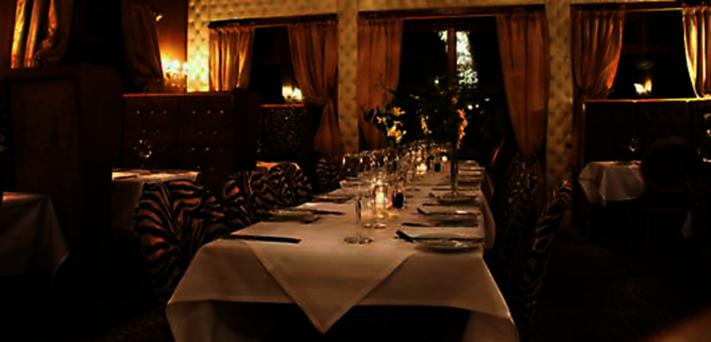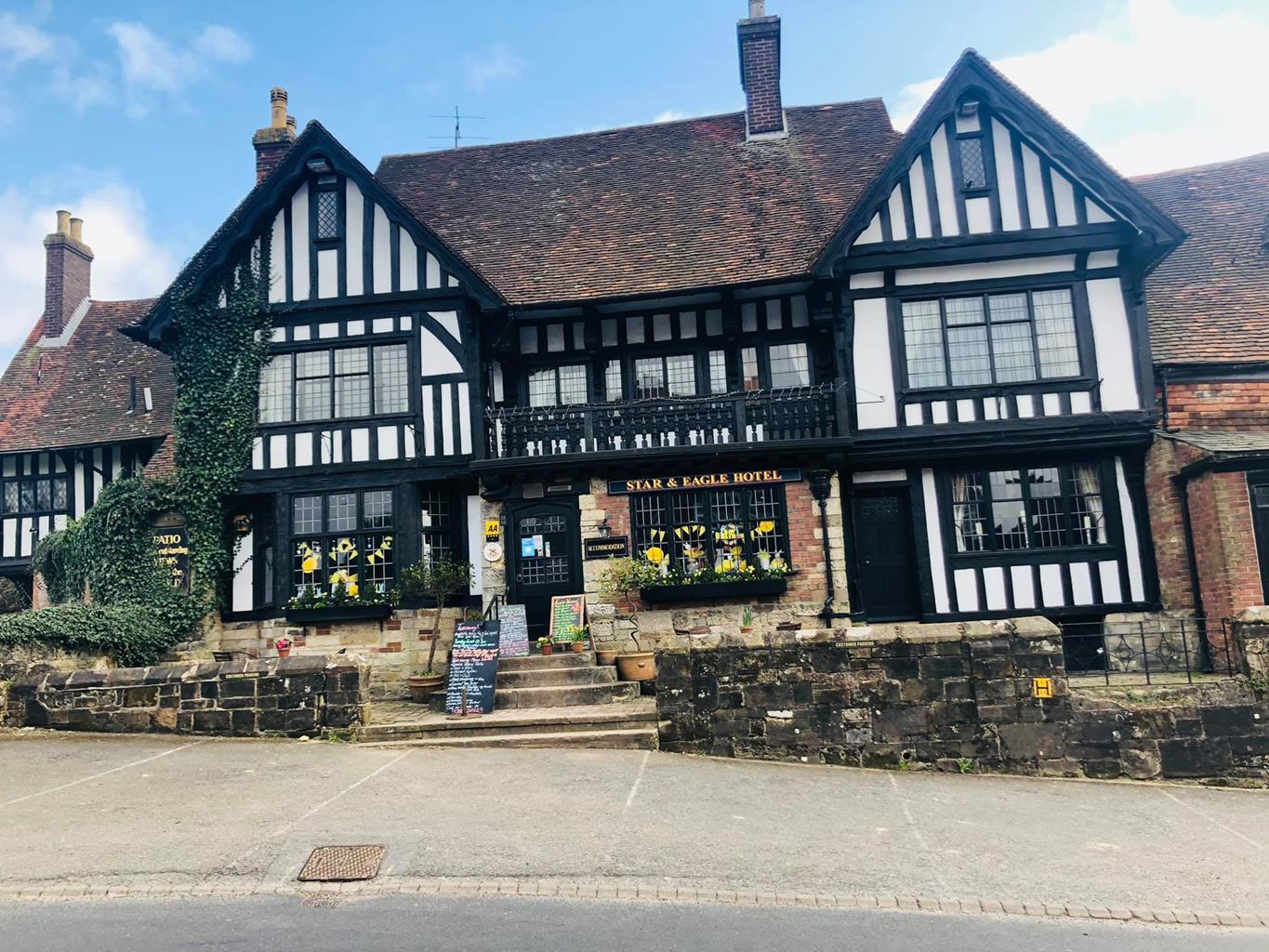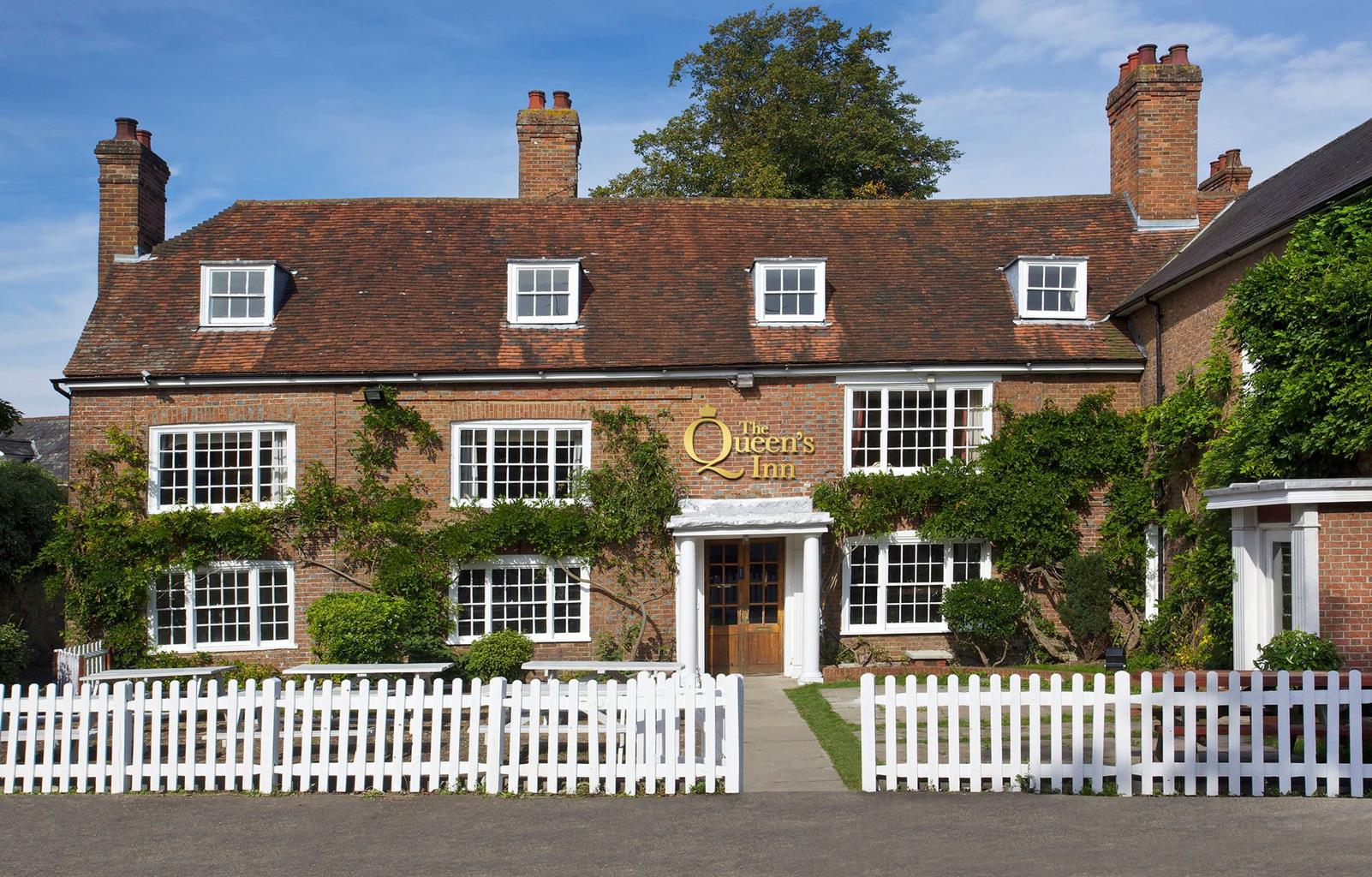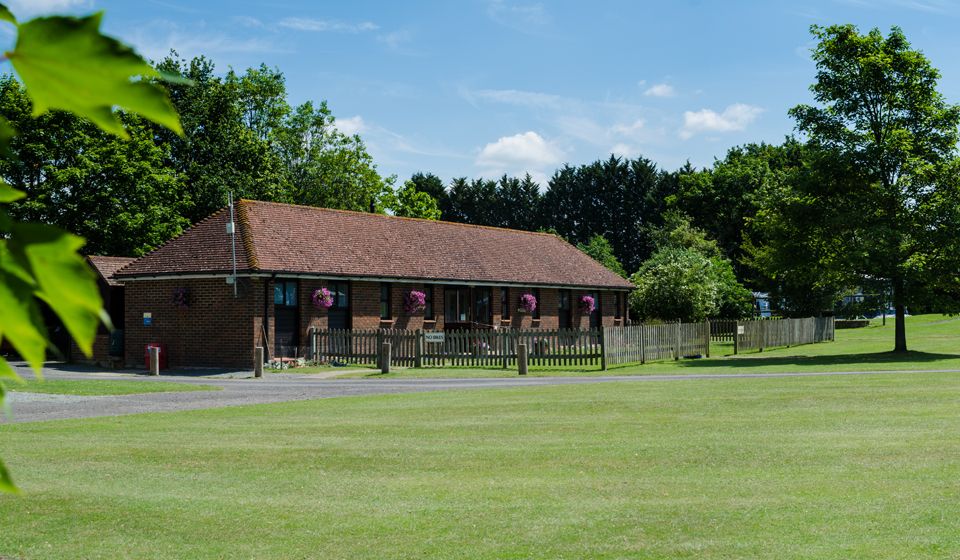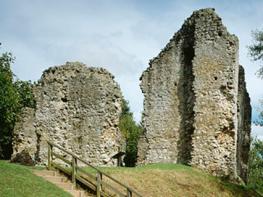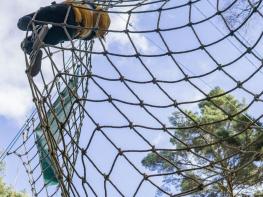At the heart of a 150-acre Wealden farm, this extensive, long-established touring park is…
Sissinghurst, castle and gardens

5 miles (8kms)
About the walk
A passion for plants and horticultural flair led English gardener Vita Sackville-West (1892–1962) to create the garden at Sissinghurst Castle, one of the most famous gardens in the world.
Although styled as a castle, Sissinghurst was in fact an Elizabethan mansion owned by the Baker family (related by marriage to the Sackvilles). When the family fortune declined the house began to deteriorate and, in 1756, it became a prison camp for French prisoners of war. Conditions in the camp were appalling and at the end of the war the house was in such a state that much of it was demolished. The house continued to be neglected until Vita and her husband, Sir Harold Nicholson, bought it in 1930 and set about restoring it and creating the remarkable garden.
The most striking part of the house is the tall brick tower that you see as you walk across the fields from Frittenden. Vita used it as her study and did all her writing here: poems, novels and gardening articles. One of the few visitors she allowed into this isolated place was Virginia Woolf. They met in 1922 in London and had a relationship that would have scandalised society, but of which both their husbands were understanding. Virginia wrote her novel Orlando (1928) as a tribute to Vita and her love for the family estate, Knole.
The house at Sissinghurst is interesting and home to the Nicholson family. But it's the garden that people come to see, ten separate gardens in fact, all linked together. Harold Nicholson was a gifted garden designer and created the beds and enclosures at Sissinghurst, while Vita tended to concentrate on the planting, choosing old-fashioned roses, as well as herbs and clematis. The most famous garden is the White Garden, which Vita filled entirely with white flowers and pale foliage. If you do this walk early in July and visit Sissinghurst you should find that the magnificent white rose, at its centre, is in flower. Apparently family weddings are always held on the second Saturday in July to coincide with its blooming.
Walk directions
With your back to Frittenden Church turn right, then left down a pathway by the hall. Cross a stile and walk straight ahead over the field, through a gate and diagonally across another field. At a gap in the hedge cross a little wooden bridge and make your way to a telegraph pole, where you branch left.
Go over a stile, go across the next field, over another stile and onto a tarmac lane to turn right past Beale Farm Oast. At the next house, turn left and walk up the track until you pass an old barn. Bear diagonally right just after the barn, continue ahead over two more stiles and eventually cross a footbridge to the right of a clump of trees. Keep ahead along the field-edge to cross another bridge in the field boundary. Pass through some scrub and follow the path ahead to another stile and onto a road.
Turn right, then right again at the road junction. Pass Bettenham Manor, then, where the road curves sharp right, take the bridleway left. Cross a bridge and gently climb towards Sissinghurst Castle (still home to Vita Sackville-West's heirs), keeping the building on the left. Walk up to the oast houses, bearing left then right around them to pass the ticket office. Continue up the driveway and turn left then right to enter the car park. Keep ahead and follow the yellow arrows through the parking areas to enter an orchard. Turn right to access a track by cottages.
Cross the track, keep right of the cottages and follow the bridleway right through the trees. Bear left at a junction and eventually follow the path along the field-edge towards a house. Ignore the yellow arrow pointing right and follow the track ahead to the left of the house to reach the road. Cross over and walk up Sand Lane.
Eventually reach a stile on the left-hand side which you cross, and then head diagonally right across the field to another stile in the fence ahead of you. Continue diagonally, passing a dip in the field. Keep the spire of the church in front of you and walk ahead to cross another stile. The path is clear ahead, towards a telegraph pole, then veers right to another telegraph pole where you go left, heading for the spire of Frittenden church. Cross a bridge and walk back into the village the way you came to return to the church.
Additional information
Well-marked field paths and woodland tracks, many stiles
Gentle Kentish countryside dotted with oast houses
Excellent, though do keep on lead
OS Explorer 137 Ashford
On-street parking close to Frittenden church
Sissinghurst Castle (free)
WALKING IN SAFETY
Read our tips to look after yourself and the environment when following this walk.
Find out more
Also in the area
About the area
Discover Kent
The White Cliffs of Dover are an English icon – the epitome of our island heritage and sense of nationhood. They also mark the point where the Kent Downs AONB, that great arc of chalk downland stretching from the Surrey Hills and sometimes known as ‘the Garden of England’, finally reaches the sea. This is a well-ordered and settled landscape, where chalk and greensand escarpments look down into the wooded Weald to the south.
Many historic parklands, including Knole Park and Sir Winston Churchill’s red-brick former home at Chartwell, are also worth visiting. Attractive settlements such as Charing, site of Archbishop Cranmer’s Tudor palace, and Chilham, with its magnificent half-timbered buildings and 17th-century castle built on a Norman site, can be found on the Pilgrim’s Way, the traditional route for Canterbury-bound pilgrims in the Middle Ages.
In the nature reserves, such as the traditionally coppiced woodlands of Denge Wood and Earley Wood, and the ancient fine chalk woodland of Yockletts Bank high on the North Downs near Ashford, it is still possible to experience the atmosphere of wilderness that must have been felt by the earliest travellers along this ancient ridgeway.
Nearby stays
Restaurants and Pubs
Nearby experiences
Recommended things to do
Why choose Rated Trips?
Your trusted guide to rated places across the UK
The best coverage
Discover more than 15,000 professionally rated places to stay, eat and visit from across the UK and Ireland.
Quality assured
Choose a place to stay safe in the knowledge that it has been expertly assessed by trained assessors.
Plan your next trip
Search by location or the type of place you're visiting to find your next ideal holiday experience.
Travel inspiration
Read our articles, city guides and recommended things to do for inspiration. We're here to help you explore the UK.



